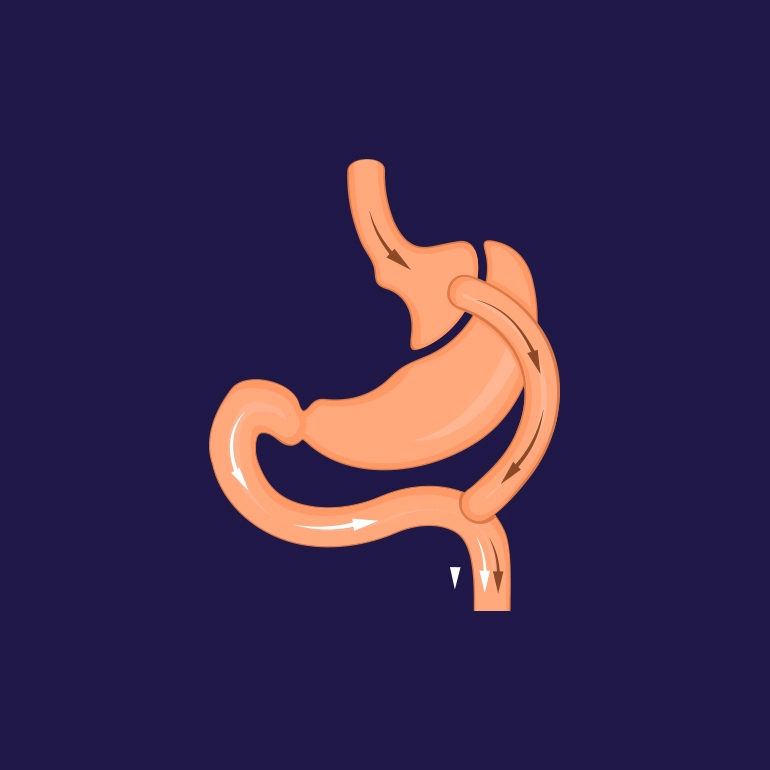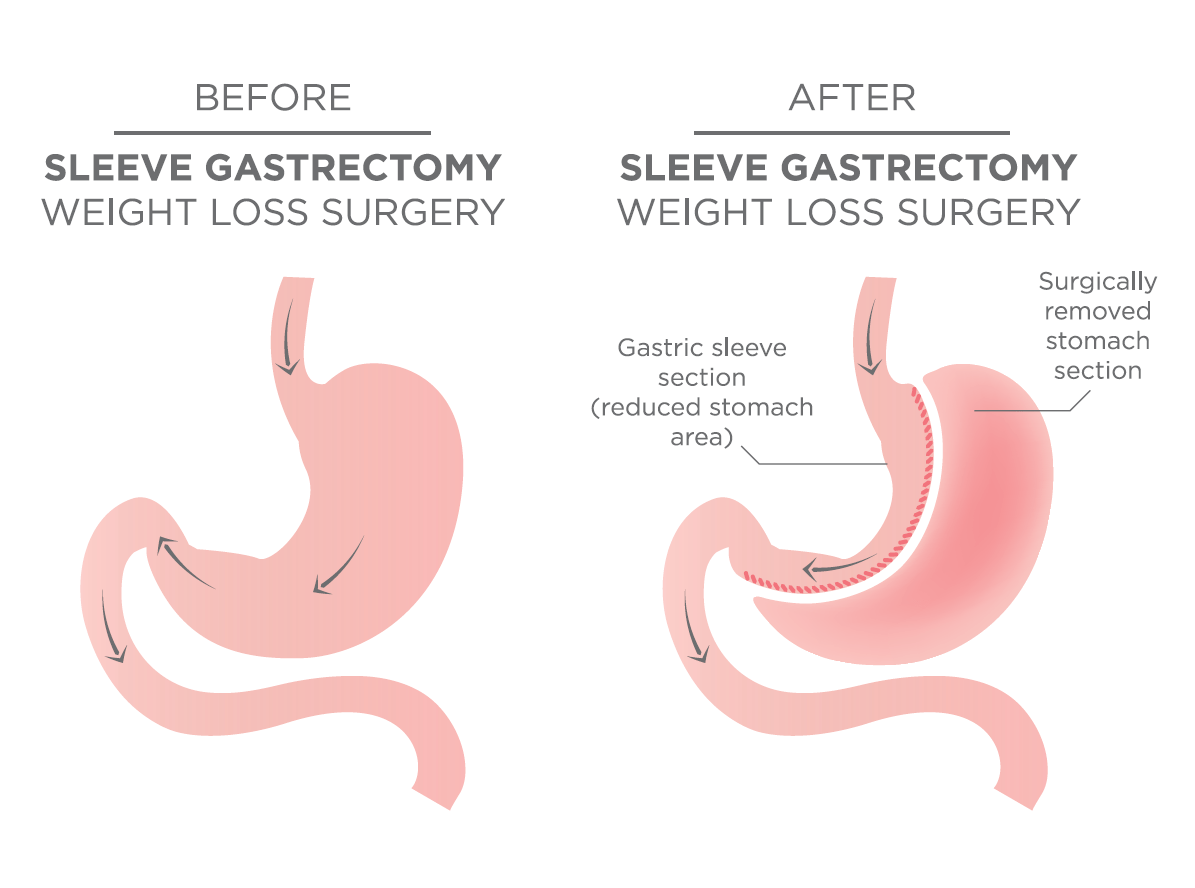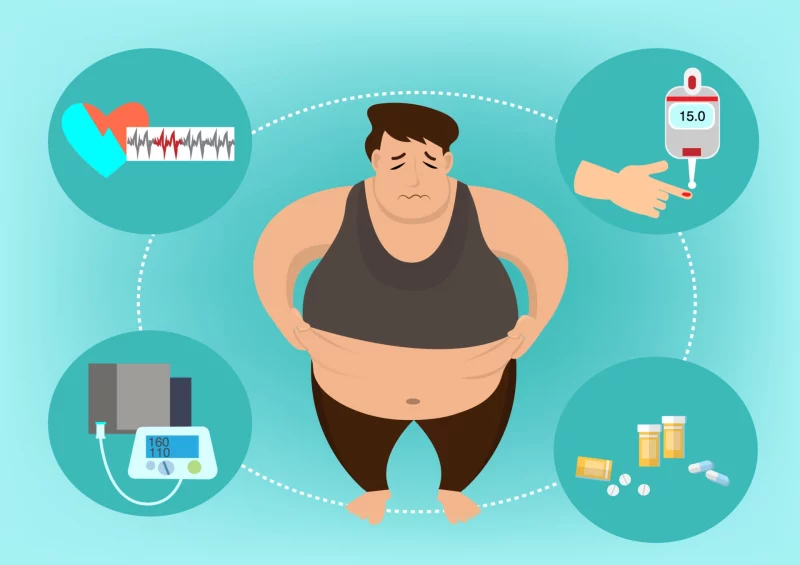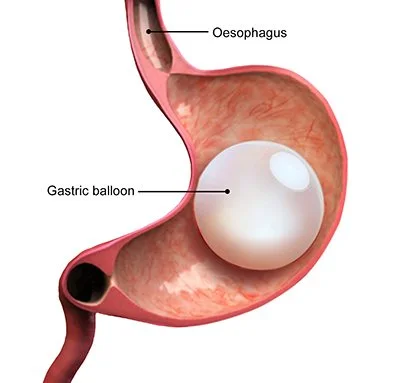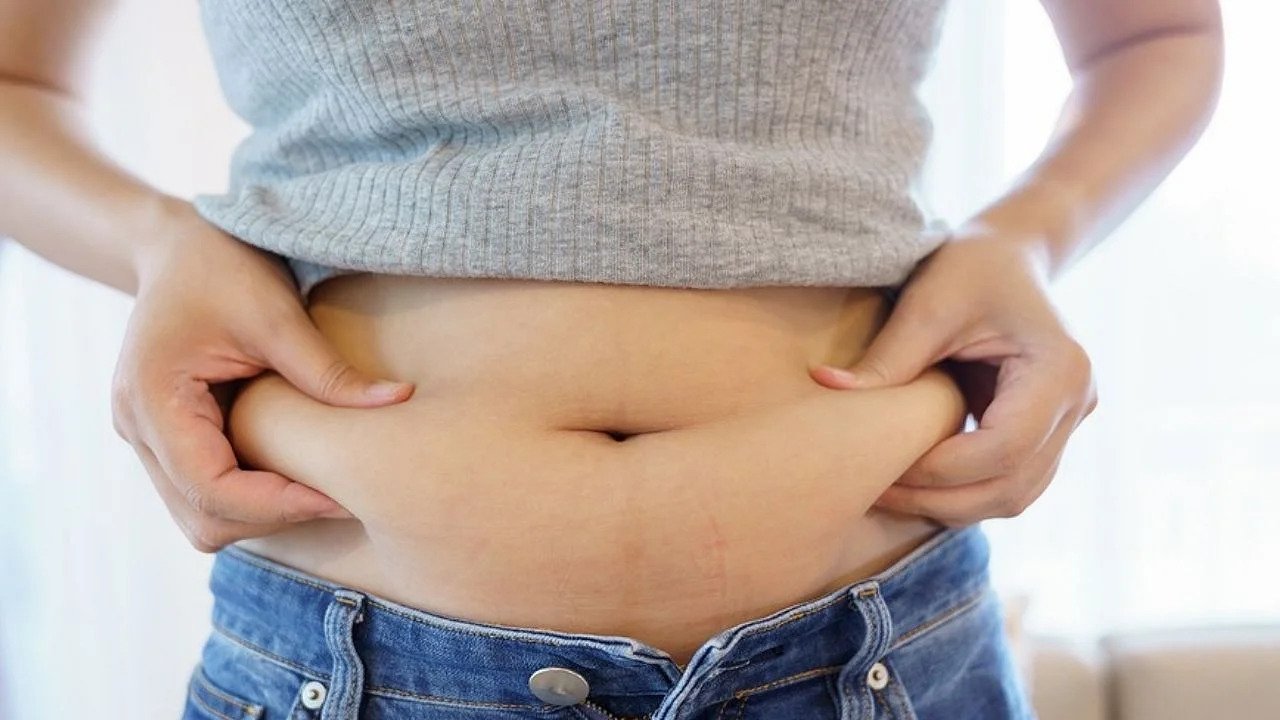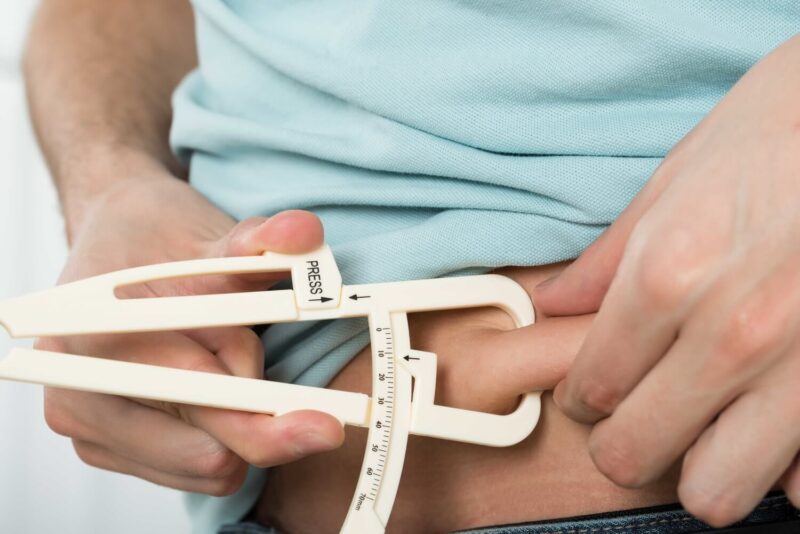What to Anticipate After the Procedure: Gastric Bypass Recovery
After the Surgery: Gastric Bypass Recovery
Gastric bypass surgery has emerged as a frontline weapon in the battle against obesity. As one of the most popular bariatric procedures, the Roux-Y-Gastric Bypass (often simply called “Roux-Y”) and its close cousin, the Mini Bypass, have garnered significant attention from the medical community and patients alike. But what should one expect post-surgery? Here’s a comprehensive look into the recovery journey after undergoing this life-changing operation.
Understanding the Roux-Y-Gastric Bypass
The Roux-Y-Gastric Bypass is a procedure designed to restrict food intake and reduce nutrient absorption. During the surgery, a small pouch is created at the top of the stomach, which is then connected directly to the small intestine, bypassing a significant portion of the digestive system. This results in a reduction in calorie absorption and promotes early satiety, ultimately assisting with weight loss.
The Mini Bypass: A Variation Worth Considering
On the other hand, the Mini Bypass is a slightly simpler procedure. Though similar to the Roux-Y, the Mini Bypass involves creating a longer gastric pouch and attaching it to the intestine further down. This method is gaining traction due to its fewer complications and similar efficacy in obesity treatment.
Immediate Post-Op Phase
After the procedure, patients typically stay in the hospital for a couple of days. During this time, medical staff will monitor vital signs, pain levels, and any potential complications. It’s crucial to remember that everyone’s recovery journey is unique. Some might experience mild discomfort, while others may face more pronounced pain. However, with timely medical intervention and pain management, this initial phase usually passes without significant hitches.
Dietary Adjustments
Upon discharge, patients will need to adhere to a strict liquid diet, which gradually progresses to soft foods and then solid foods. This staged dietary reintroduction ensures the newly restructured digestive system adjusts properly. Patients will also receive nutritional guidelines, vital for long-term success. These guidelines often emphasize protein intake, hydration, and the avoidance of sugary or fatty foods.
Physical Activity
A sedentary lifestyle post-surgery is not recommended. However, that doesn’t mean you should jump straight into strenuous activities. Start with short walks, gradually increasing intensity and duration. As you shed weight and gain confidence, more demanding exercises can be incorporated, with medical clearance, of course.
Gastric Bypass in Turkey: An Affordable Option
Interestingly, an increasing number of international patients are finding gastric bypass procedures to be more affordable in Turkey. The country boasts state-of-the-art medical facilities, experienced surgeons, and a cost-effective healthcare system. Coupled with its unique geographical location, which bridges Europe and Asia, Turkey offers a blend of top-tier medical care and tourism opportunities.
LEARN MORE: Mini Gastric Bypass in Turkey / Antalya
Conclusion: A New Lease on Life
Obesity is a complex, multifaceted issue. Procedures like the Roux-Y-Gastric Bypass and Mini Bypass provide hope and tangible solutions. However, success isn’t just about the operation; it’s about the comprehensive post-surgical journey.
By understanding what to anticipate and aligning expectations with reality, patients can maximize their results and enjoy a healthier, more active life. And for those considering a more affordable option without compromising on quality, Turkey’s burgeoning medical tourism industry awaits.
Note: Always consult with a medical professional before making any decisions related to obesity treatment or surgical procedures.


